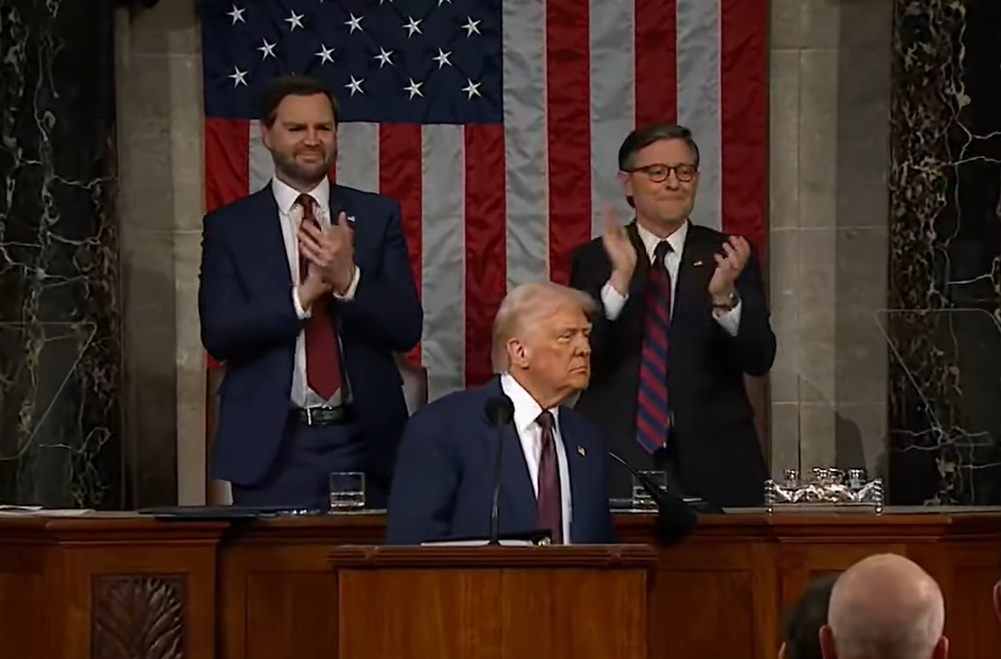The Department of Government Efficiency, or DOGE, an initiative spearheaded by Elon Musk, has made headlines recently for claiming to have saved American taxpayers billions of dollars. With promises of reducing waste, cutting unnecessary spending, and streamlining government operations, DOGE has been touted as a revolutionary force in fiscal responsibility. But, as with many bold claims, a closer examination of the figures reveals some troubling discrepancies that call into question how much has truly been saved.
The Promised Billions
DOGE’s most publicized claim is that it has saved a staggering $55 billion for American taxpayers. The initiative, which has garnered attention for its high-profile leadership and ambitious goals, has been celebrated for its potential to reduce government waste. But while the headlines sound impressive, the reality behind these savings is far less clear.
DOGE has pointed to a series of federal contracts that were allegedly canceled or renegotiated, which they claim resulted in significant savings. These actions, according to DOGE, reflect the government’s ability to eliminate inefficiencies and unnecessary spending. On the surface, it’s easy to see why such claims would be celebrated, particularly in an era where fiscal responsibility is a high priority for many Americans.
The Uncertain Reality
Despite these bold assertions, investigative reporting has raised serious doubts about the true impact of DOGE’s efforts. A significant portion of the contracts DOGE cited as savings, worth over $6.5 billion, have not been closed out or terminated as originally stated. This raises questions about whether these contracts are actually contributing to any meaningful savings, or if they’re simply inflated claims to boost the initiative’s credibility.
In addition, a deeper dive into DOGE’s accounting methods has revealed multiple errors in their reports, including instances where the same savings were counted more than once. This duplication, along with the failure to terminate many of the contracts, has led to significant discrepancies in the total amount of savings that can be attributed to the program.
The Bigger Picture
What does this mean for American taxpayers? While DOGE has undoubtedly initiated some changes aimed at reducing inefficiencies within government contracts, the extent of these savings remains unclear. The lack of transparency and the errors in DOGE’s reporting suggest that the true savings could be far lower than the $55 billion figure often touted in the media.
As citizens, we have every right to demand accountability when it comes to government spending. While DOGE’s goals are admirable, the execution of its savings plan leaves much to be desired. Taxpayers deserve clear and verifiable data on how their money is being spent, especially when claims of large-scale savings are made.
Conclusion
In conclusion, while DOGE’s efforts to cut government waste and improve efficiency are commendable, the reality of how much has been saved is far more complex. The claims of $55 billion in savings need to be taken with a grain of salt, as discrepancies in the accounting and failures to terminate contracts suggest the true figure is likely much lower. Moving forward, transparency and accurate reporting will be essential in determining whether DOGE’s promises live up to the reality of its impact on American taxpayers.
It remains to be seen whether DOGE can truly deliver on its promise of government efficiency, but for now, taxpayers should be cautious about taking these savings at face value. Only time will tell if the initiative can truly achieve the financial reforms it claims to have made.





